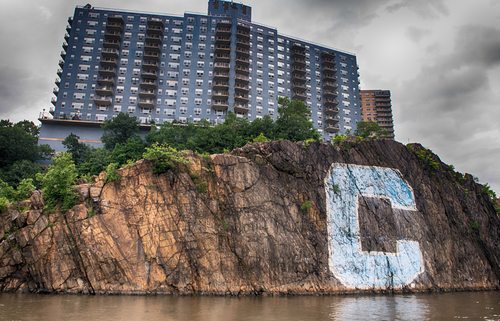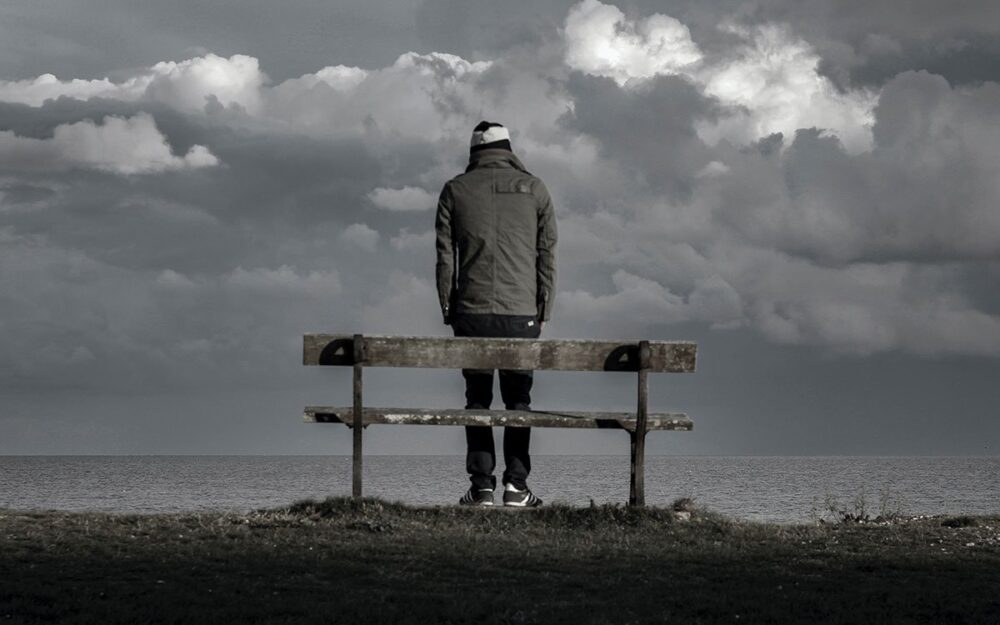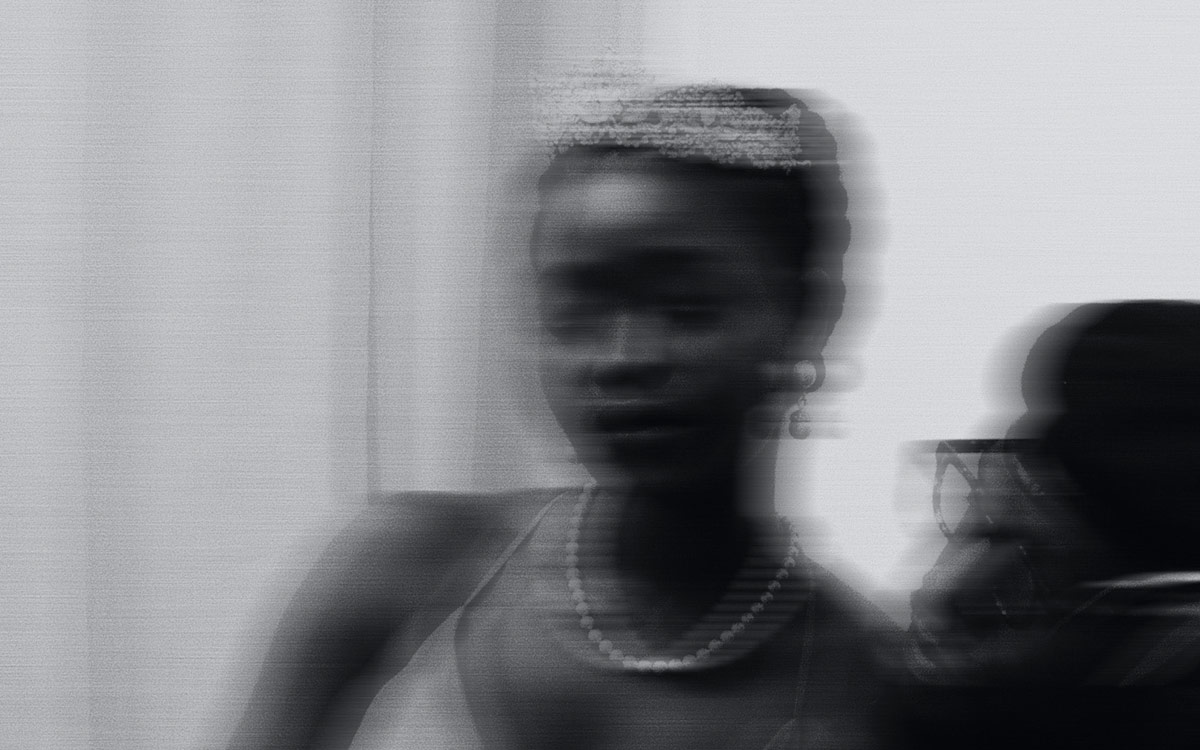
As the site of one of the very few social impact bond experiments in the U.S., Rikers Island has gotten much positive attention for its commitment to reducing recidivism among released prisoners. The news from Rikers Island this past week seemed to be in strong contrast with the socially positive implications of the Goldman Sachs-supported SIB.
Late last week, the investigations chief at the prison resigned as a result of a U.S. Attorney’s office investigation released earlier in August. The federal report described the jail at Rikers as violent and unsafe, a place where prison guards employ “unnecessary and excessive force” as their “first impulse rather than the last resort.”
The specifics from Rikers and other prisons in New York City are incredibly disturbing. One incident from December 2012 involved two prisoners, aged 20 and 24, being “savagely” beaten while strapped to gurneys. But a “code of silence” among Rikers staffers has meant that few incidents of abuse surfaced before the U.S. Attorney’s investigation. That report found that between January and November of last year, guards beat at least 129 inmates so viciously that the victims needed emergency medical treatment.
The U.S. Attorney’s report also examined conditions in the juvenile facilities at Rikers. In fiscal year 2013 alone, due to violence at the hands of prison guards, there were at least 1,057 injuries among males under the age of 18—but that is probably a significant undercount.
Sign up for our free newsletters
Subscribe to NPQ's newsletters to have our top stories delivered directly to your inbox.
By signing up, you agree to our privacy policy and terms of use, and to receive messages from NPQ and our partners.
“Inmates see others being beaten and attacked and are afraid that they will face the same fate,” the report stated. “Simply put, Rikers is a dangerous place for adolescents and a pervasive climate of fear exists.”
Despite the federal report and the resignation of the Rikers investigations chief, the Bronx D.A. has decided not to pursue criminal charges against the guards who beat the two inmates to death.
Newsday describes Rikers as “the world’s largest penal colony,” befitting the U.S. Attorney’s characterization of Rikers as plagued by a “deep-seated culture of violence.” There is no question that Rikers as currently run by the authorities is an awful, brutal place. It would be difficult to imagine prisoners wanting to do anything that would bring them back to face the kinds of violence waiting for them in that place.
As Julian Adler, the project director of New York City’s Center for Court Innovation who oversees the Brooklyn Justice Initiatives program, observes, reducing the “mass incarceration” that envelops so many young people and reducing recidivism would be positive steps to take against poverty. Former Florida Attorney General Bill McCollum believes that reducing recidivism is the biggest problem to be addressed at prison hellholes like Rikers, but others believe that a major part of the prison problem is that this nation puts too many people into prison in the first place, including mandatory sentences for drug use that have led to the disproportionate incarceration of African-Americans.
Adler notes that six out of ten people in U.S. jails have not been convicted of any crimes. They have simply been arrested, and many would be eligible for release except they cannot afford to post bail. Moreover, Adler says, three out of four cases that go to trial in New York are for misdemeanors. This puts people into prison who would be better served by programs like the Brooklyn Justice Initiatives, which offer pre-trial supervised release programs for persons with pending misdemeanor cases and community service alternatives to persons who have pled guilty to misdemeanors.
There is nothing wrong with programs that aim to reduce recidivism rates for persons who are leaving jail, though the Goldman Sachs SIB is troubling in a number of ways that we have discussed in the Nonprofit Quarterly before, such as the massive return all but promised to Goldman, but the fundamental problem is that in this country we incarcerate far too many people, we offer far too little in the way of alternatives to jail, we manage to imprison a disproportionate number of persons of color, and, in New York, we send them places of legal torment and agony like Rikers.—Rick Cohen













